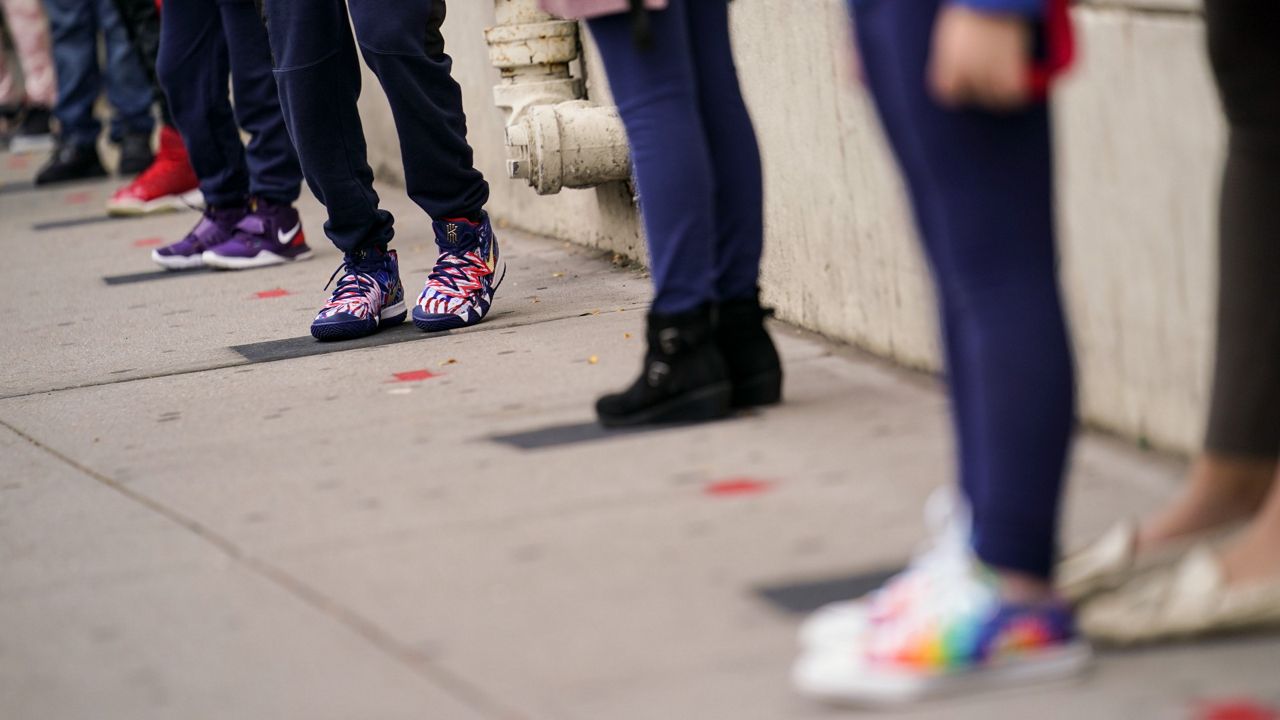Enrollment in the city’s public school system has fallen again, continuing a trend that began in 2016 and accelerated during the COVID-19 pandemic.
As of Oct. 31, 903,000 students had enrolled in New York City public schools, down 1.8% from last school year.
But education department officials say the figures show enrollment changes are stabilizing, because this year’s drop is considerably smaller than the last two years.
In the last school year, enrollment fell by 3.8%. And in the 2020-2021 school year — the first that began after the pandemic hit — enrollment fell by 4.7%.
This year’s decline is driven in part by a significant increase in students who were previously enrolled in, but left, the city’s public school system, as 103,687 children left the system last school year, up 33,620 from the year before.
Of those students who left the system, 57,546 students left to attend a school outside of New York City. They were most likely to move elsewhere in the state, to New Jersey or to the southern United States.
Another 15,226 students left for a city charter school last year; 13,711 left for a non-public school in the city; 11,917 either dropped out or left without documentation of their next school; 5,287 left for home schooling.
After declining every year since 2016, the number of students entering city public schools for the first time actually rose by 18,319 compared to last year.
Enrollment has implications for individual school budgets, which are set using a formula that awards schools a certain amount of money for each student they serve, depending on certain factors like whether the student has a disability or is struggling academically.
Each year, the city projects how many children will be enrolled at each school, and sets the budget using those projections. But enrollment is not finalized until Oct. 31, and the projections can be wrong.
Historically, the city has issued a “mid-year adjustment” to school budgets, in which schools with fewer students than projected return money to the Department of Education, while those with more students than planned received extra funding.
This year, the Adams administration will not ask schools with lower-than-expected enrollment to return any money mid-year, and instead will use stimulus funding to hold schools harmless for the declines.
But if a school has more students than projected — as is the case in many schools serving the thousands of children of asylum seekers who have arrived in the city over the last several months — the city will give the school the extra per-pupil funding for those students.



